Which GPU Is Good for 3D Rendering? Best Picks for 2025
Selecting which GPU is good for 3D rendering is a crucial decision for any artist, designer, or studio. The right graphics card can dramatically speed up your workflow, deliver photorealistic results, and handle complex scenes with ease. In this comprehensive guide, we’ll explore the factors that matter most, compare the best GPUs available in 2025, and help you choose the ideal solution for your needs.
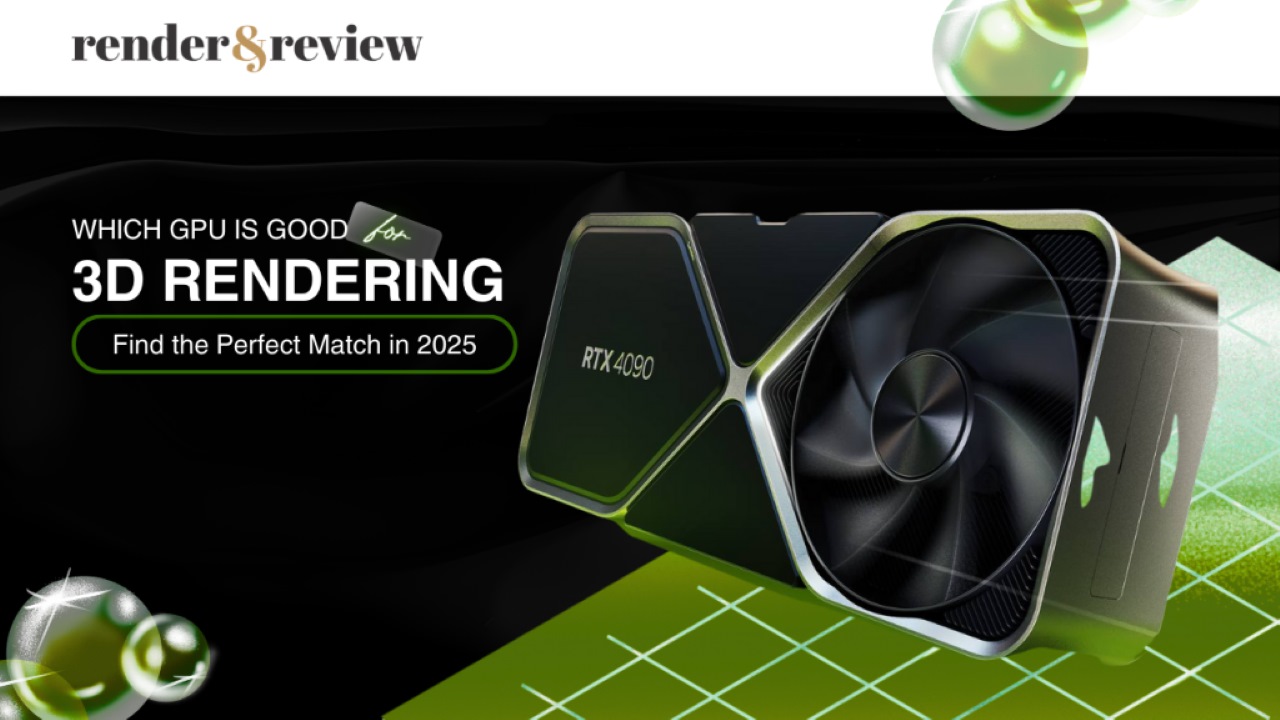
Table of Contents
Why the GPU Matters in 3D Rendering?
The GPU (Graphics Processing Unit) has become the backbone of modern 3D rendering, fundamentally transforming how artists and studios approach digital content creation. Unlike CPUs, which excel at handling tasks one after another, GPUs are engineered for parallel processing, allowing them to manage thousands of calculations at the same time. This architecture is ideal for rendering high-resolution images, animations, and simulations, dramatically reducing render times and enabling real-time feedback for creative workflows.
Today’s leading 3D software is optimized to leverage GPU power, making a high-performance graphics card essential for anyone serious about 3D rendering. By investing in a capable GPU, you unlock the ability to tackle complex scenes, achieve photorealistic results, and iterate quickly, all of which are critical for professional-quality output in the fast-paced digital design world.
Key Criteria for Choosing the Best GPU for 3D Rendering
1. VRAM (Video RAM) Capacity
VRAM is critical for 3D rendering because it determines how effectively your GPU can manage large scenes, high-resolution textures, and complex simulations. Having enough VRAM allows your system to process detailed assets without slowing down, which is essential for maintaining smooth performance during rendering.
For most modern 3D projects, a minimum of 8GB VRAM is recommended. However, professionals working with intricate models or high-resolution outputs should aim for 16GB or more. Higher VRAM capacity helps reduce bottlenecks and ensures efficient handling of multiple layers and complex scenes.
2. CUDA Cores and Stream Processors
The number of CUDA cores (for NVIDIA) or stream processors (for AMD) is a key factor in determining a GPU’s parallel processing power. These cores are responsible for handling the vast number of calculations required in 3D rendering, allowing the GPU to process multiple tasks at the same time and greatly accelerating rendering performance.
This is especially important for rendering engines like OctaneRender, Redshift, and V-Ray, which are designed to take full advantage of parallel computation. In general, a higher core count within the same GPU family or architecture means faster and more efficient rendering. However, it’s important to note that CUDA cores and stream processors are architecturally different, so their numbers should only be compared within the same brand and generation for meaningful performance insights.
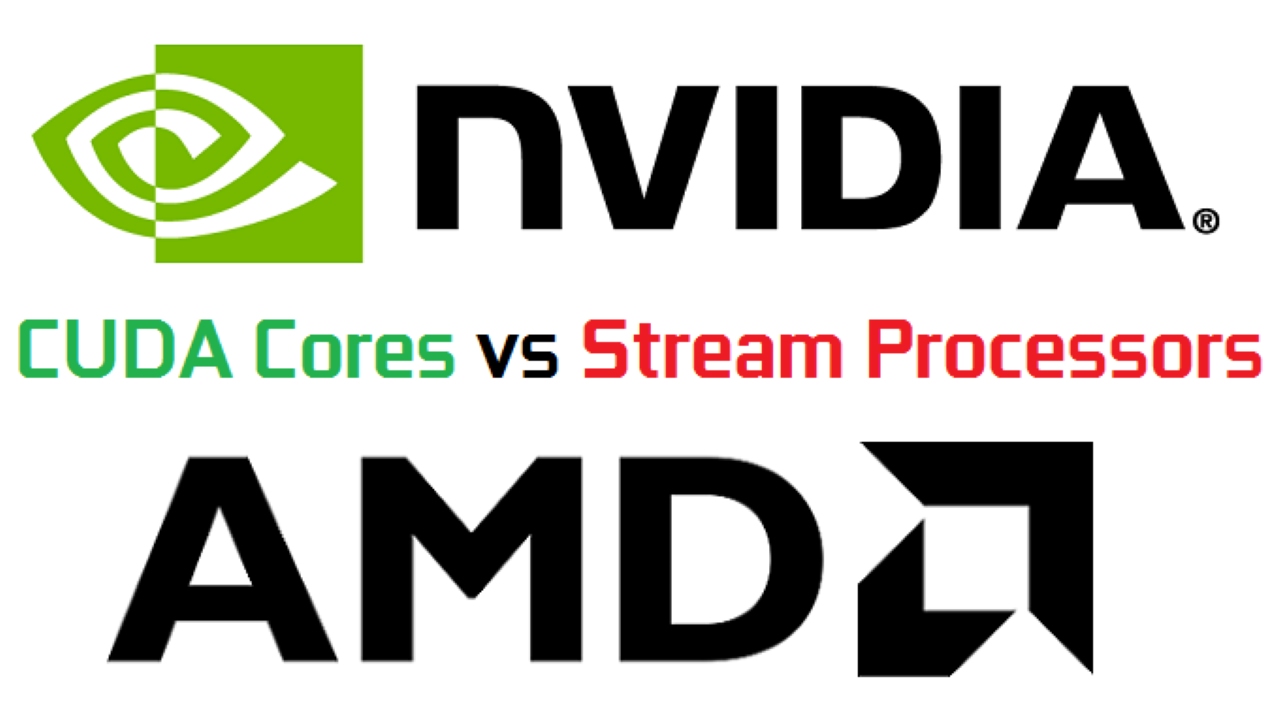
3. Ray Tracing Capabilities
Modern GPUs equipped with dedicated ray tracing cores, such as NVIDIA’s RTX series, have transformed the realism achievable in 3D rendering. These specialized RT cores enable real-time calculation of lighting, shadows, and reflections, delivering physically accurate and visually stunning results that were previously only possible with slow, offline rendering. In professional 3D software like V-Ray, Blender, and Unreal Engine, RTX-powered ray tracing allows artists to see photorealistic effects instantly, greatly accelerating creative workflows and enabling more iterative design.
The impact of RTX technology is evident across creative industries, from gaming to film and architecture. For example, V-Ray GPU renders on NVIDIA RTX cards are on average 40% faster, and in some complex scenes, speed gains can reach up to 100% compared to non-RTX GPUs. Real-time ray tracing is now widely supported and has become a game-changer for 3D professionals, making it possible to render complex scenes interactively and achieve higher-quality results in less time.
4. Cooling and Thermal Management
Efficient cooling is crucial for GPUs during long 3D rendering sessions. In real-world tests, GPUs without proper cooling can reach temperatures above 85°C, triggering thermal throttling that slows down rendering speeds by up to 20%. This not only delays project completion but can also cause instability and crashes.
High-quality cooling solutions-whether advanced air coolers or liquid cooling, help maintain temperatures around 70-75°C under load. This stability ensures consistent performance, reduces the risk of hardware failure, and extends GPU lifespan. For studios running overnight renders or heavy workloads, investing in robust cooling is essential to avoid costly downtime and maintain productivity.
5. Software Compatibility
Not all GPUs are optimized for every 3D application, so it’s important to check compatibility before making a purchase. Always verify that your primary 3D software, such as Blender, Maya, Cinema 4D, or Unreal Engine, fully supports your chosen GPU. This step helps you avoid workflow issues and ensures that your rendering projects run smoothly.
NVIDIA GPUs, in particular, are widely favored in the 3D industry due to their CUDA architecture, which is supported by most leading rendering engines like OctaneRender, Redshift, and V-Ray. NVIDIA also provides regular driver updates and strong software support, making their GPUs more stable and reliable for professional workflows. Additionally, the large NVIDIA user community offers extensive resources for troubleshooting and optimizing performance, further enhancing the 3D rendering experience.
Top GPUs for 3D Rendering in 2025
Choosing which GPU is good for 3D rendering in 2025 requires considering the latest advancements and performance benchmarks. Below is a balanced overview of the best GPUs across different tiers:
High-End Choices
- NVIDIA GeForce RTX 5090: The RTX 5090 is NVIDIA’s most powerful GPU to date, featuring 32GB of ultra-fast GDDR7 VRAM and built on the cutting-edge Blackwell architecture. With 21,760 CUDA cores, 170 ray tracing cores, and 680 Tensor cores, it excels at handling the most demanding 3D rendering and AI workloads. It delivers up to 35% faster rendering in Blender compared to the RTX 4090, supports DLSS 4 with multi-frame generation, and offers a massive 1792 GB/s memory bandwidth. This GPU is ideal for professionals working on complex scenes and high-resolution projects.
- NVIDIA GeForce RTX 4090: Still a formidable option, the RTX 4090 comes with 24GB of GDDR6X VRAM and offers excellent ray tracing performance. It remains a favorite among professionals for large-scale 3D projects and intensive rendering tasks.
- AMD Radeon RX 7900 XTX: AMD’s flagship card features 24GB of VRAM and competes closely with NVIDIA’s high-end GPUs. It performs well in AI tasks and high-resolution rendering, delivering strong performance at a competitive price.
Mid-Range Options
- NVIDIA GeForce RTX 4070 Ti Super: With 16GB VRAM, this GPU strikes a solid balance between price and power. It is well-suited for demanding 3D projects and 4K content creation, offering efficient cooling and strong ray tracing capabilities.
- NVIDIA GeForce RTX 3080/3080 Ti: These models provide a good mix of performance and affordability, equipped with 10 to 12GB VRAM. They are suitable for enthusiasts and advanced users who need reliable rendering power.
- AMD Radeon RX 6800 XT: Featuring 16GB VRAM, the RX 6800 XT is a dependable mid-range option, delivering consistent performance for 3D rendering at a reasonable price point.
Entry-Level/Value Picks
- NVIDIA GeForce RTX 3060/4060 Ti: These affordable GPUs come with 8 to 12GB VRAM and are ideal for beginners or small studios working on less complex 3D projects. They offer decent ray tracing support and good value for the price.
- AMD Radeon RX 6600 XT: A budget-friendly choice with 8GB VRAM, suitable for basic 3D modeling and rendering tasks without breaking the bank.
Read more: GeForce RTX 5090 – NVIDIA
Comparison Table: GPUs for 3D Rendering in 2025
| GPU Model | VRAM | Best For | Notable Features |
| NVIDIA RTX 5090 | 32GB | Professional, AI, 8K | Blackwell architecture, DLSS 4, 1792 GB/s bandwidth |
| NVIDIA RTX 4090 | 24GB | High-end 3D, ray tracing | Excellent CUDA cores, GDDR6X VRAM |
| AMD Radeon RX 7900 XTX | 24GB | High-res, AI rendering | Competitive price, strong memory bandwidth |
| NVIDIA RTX 4070 Ti Super | 16GB | Advanced 3D, 4K rendering | Efficient cooling, high clock speeds |
| NVIDIA RTX 3080/3080 Ti | 10–12GB | Enthusiasts, advanced | Ray tracing, multitasking |
| AMD Radeon RX 6800 XT | 16GB | Mid-range 3D rendering | Good value, GDDR6 VRAM |
| NVIDIA RTX 3060/4060 Ti | 8–12GB | Beginners, budget builds | Affordable, ray-tracing capable |
| AMD Radeon RX 6600 XT | 8GB | Entry-level 3D rendering | Budget-friendly |
Tips to Maximize Your GPU Performance for 3D Rendering
Choosing the right graphics card can significantly boost your rendering speed and improve viewport responsiveness in design work. Consider the following tips to make a smart decision:
- Establish your budget: Start by deciding how much you’re willing to spend, as GPU prices can vary widely depending on performance and brand.
- Consult reviews: User and expert reviews are great resources to understand how a particular GPU performs in real-world creative workflows.
- Evaluate your project needs: Consider the complexity level in your design and rendering tasks. Beginners might be fine with mid-range cards, while professionals handling complex scenes may need high-end GPUs.
- Prioritize stream processors: Stream processors play a critical role in handling graphical calculations. A card with more stream processors typically delivers faster rendering performance.
- Compare benchmark results: Use benchmark scores to compare different GPUs. This will help you measure real-world speed and efficiency before making a purchase.
- Check system compatibility: Make sure the GPU works with your current hardware setup, such as motherboard, power supply, and case space, to avoid installation or performance issues.
With thoughtful planning and research, you’ll be able to select a GPU that fits your workflow and budget, enhancing both your creative productivity and rendering quality.
Frequently Asked Questions: Which GPU Is Good for 3D Rendering?
1. Is NVIDIA or AMD better for 3D rendering?
NVIDIA GPUs are often preferred for their CUDA support, ray tracing, and broader compatibility with 3D software. However, AMD has improved performance and value, especially in the mid-range segment.
2. How much VRAM do I need for 3D rendering?
For professional 3D work, 16GB or more is recommended. Entry-level projects can run on 8GB, but more VRAM allows for larger, more complex scenes.
3. Does GPU rendering work with all 3D software?
Most modern 3D software supports GPU rendering, but always check compatibility with your preferred applications before buying.
Conclusion: Which GPU Is Good for 3D Rendering?
Selecting which GPU is good for 3D rendering depends on your needs and budget. High-end cards like the RTX 4090 or RX 7900 XTX deliver premium performance for professionals, while mid-range and entry-level GPUs such as the RTX 4070 Ti Super or RX 6800 XT offer excellent value for most creators.
Always consider VRAM, software compatibility, and your typical project complexity. The right GPU will future-proof your workflow and help you achieve professional results with every project.
Have questions about which GPU is good for 3D rendering? Leave a comment below or contact our team for personalized advice!
Check out our latest blog posts here to stay updated on the newest trends, reviews, and expert tips in 3D rendering and creative tech.
See more:




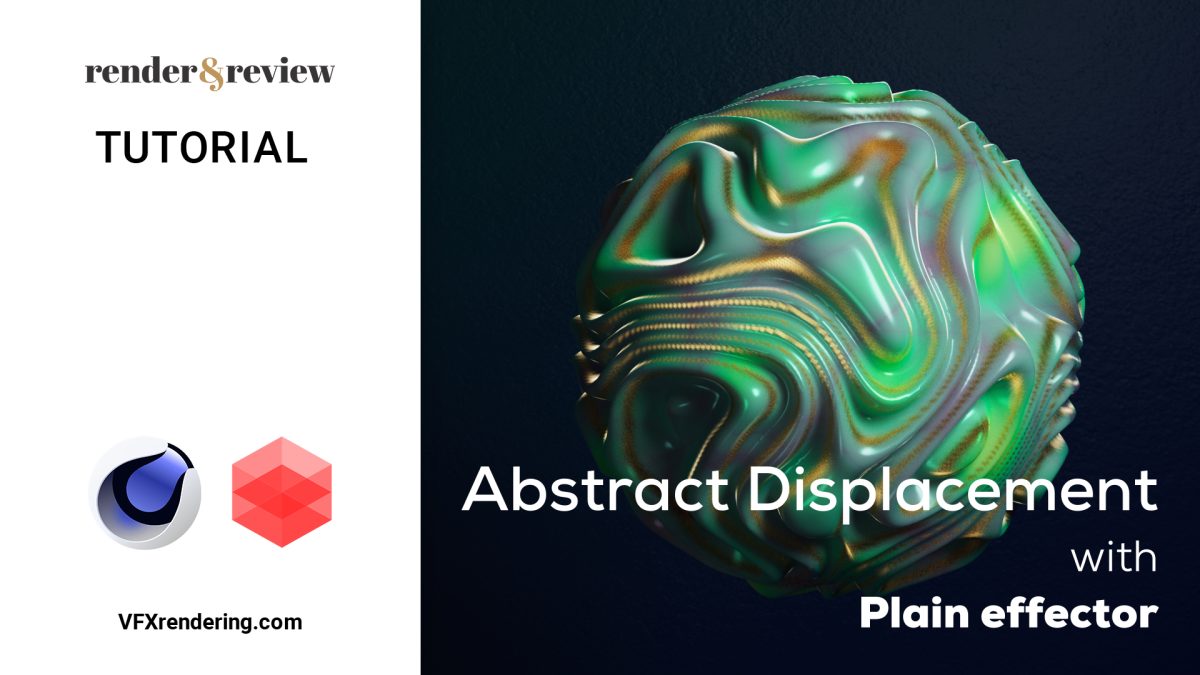
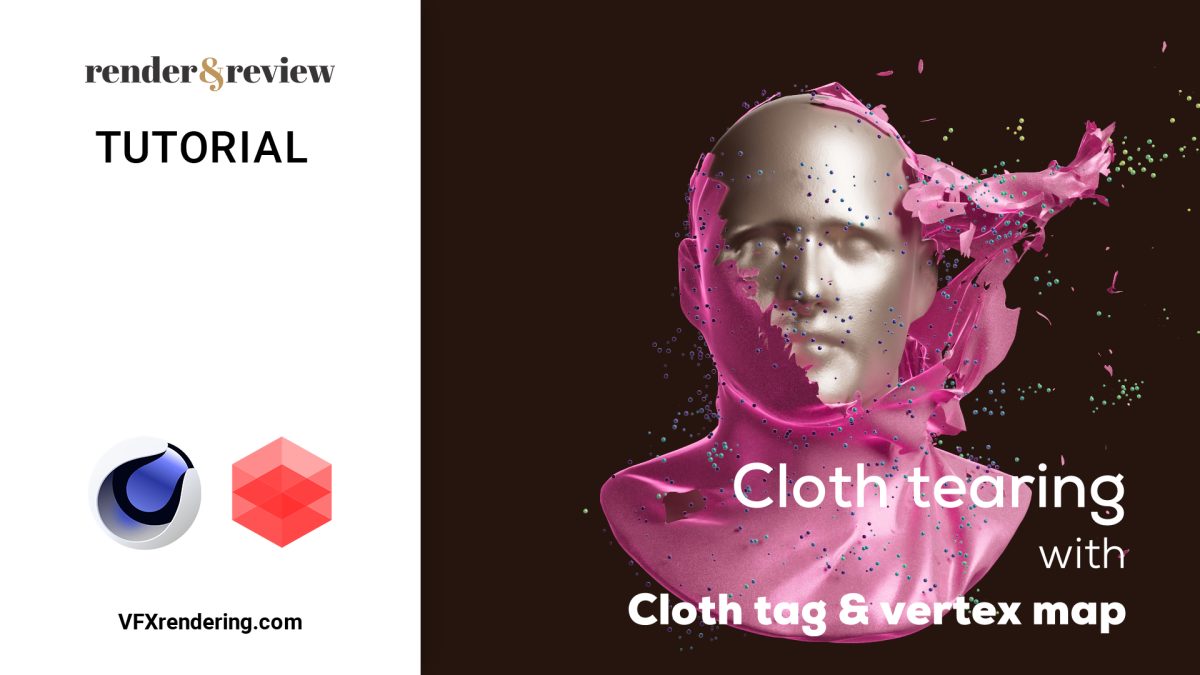

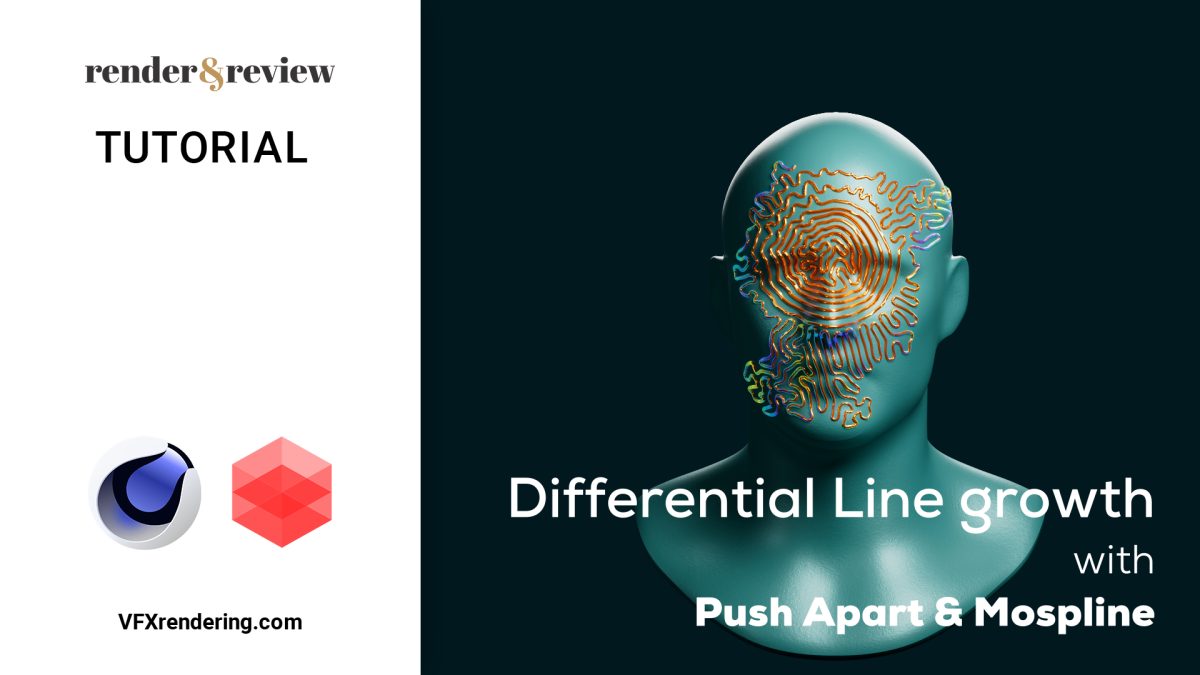
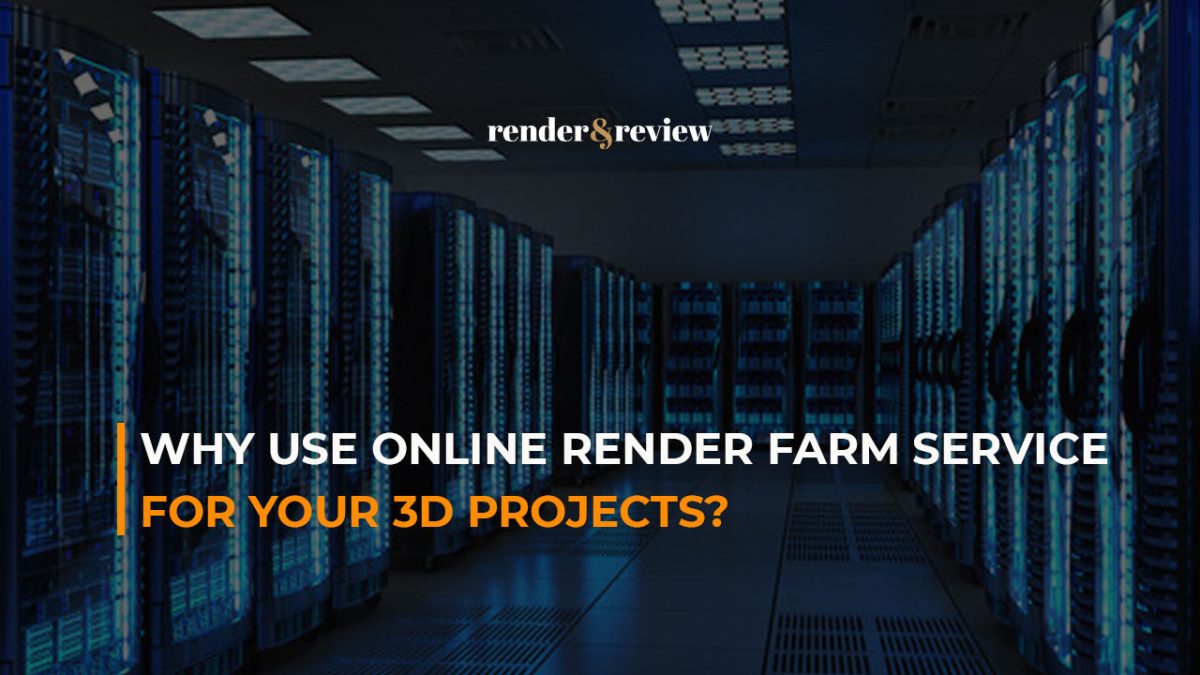
No comments